#X Ray diffraction
Explore tagged Tumblr posts
Text

Exploring the structures of xenon-containing crystallites
Noble gases have a reputation for being unreactive, inert elements, but more than 60 years ago Neil Bartlett demonstrated the first way to bond xenon. He created XePtF6, an orange-yellow solid. Because it's difficult to grow sufficiently large crystals that contain noble gases, some of their structures—and therefore functions—remain elusive. Now, researchers have successfully examined tiny crystallites of noble gas compounds. They report structures of multiple xenon compounds in ACS Central Science. Since Bartlett's discovery, which is commemorated with an International Historic Chemical Landmark, hundreds of noble gas compounds have been synthesized, and some crystal structures have been characterized by single-crystal X-ray diffraction. However, noble gas-containing crystals are typically sensitive to moisture in air. This chemical property makes them highly reactive and challenging to handle, requiring special techniques and equipment to grow crystals large enough for X-ray diffraction analysis. Therefore, detailed structures of that first xenon compound and several other noble gas-containing compounds have eluded researchers.
Read more.
#Materials Science#Science#Xenon#Materials characterization#Noble gases#X Ray diffraction#X Rays#Diffraction#Manganese#Fluorine
7 notes
·
View notes
Text
In 1953, using X-ray diffraction photograph of DNA fibres (figure 7.50) obtained by Rosalind Franklin and New Zealand-born Maurice Wilkins, James Watson and Francis Crick came to the conclusion that the DNA structure consists of the now-famous double helix (see figure 7.51).
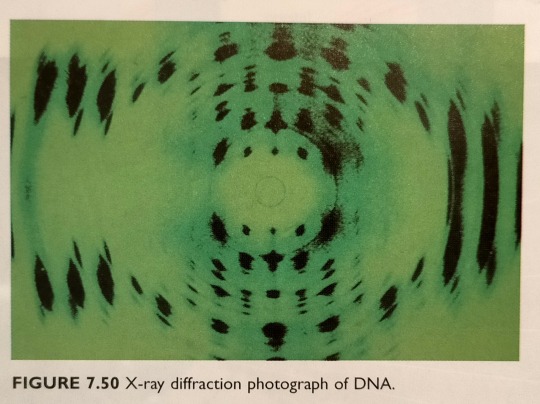
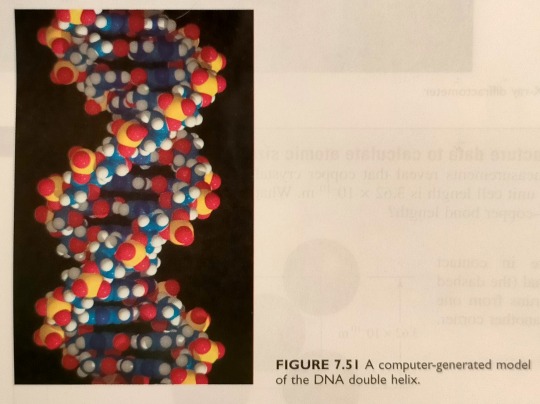
"Chemistry" 2e - Blackman, A., Bottle, S., Schmid, S., Mocerino, M., Wille, U.
#book quotes#chemistry#nonfiction#textbook#50s#1950s#20th century#x ray diffraction#dna#double helix#rosalind franklin#maurice wilkins#james watson#francis crick
8 notes
·
View notes
Text
The efforts, however, are well rewarded because calculations give very accurate locations for the atoms within the unit cell.
"Chemistry" 2e - Blackman, A., Bottle, S., Schmid, S., Mocerino, M., Wille, U.
0 notes
Text
Because it seems like I can't go back to writing my thesis report unless I get cezhou out of my system (for today), rereading the book made me realize how utterly well written it is in terms of how cezhou dynamics changes. I know they get disgustingly cute later on, I know xiao chiye dotes on shen zechuan to the point where he mostly forgets everyone around them. I know they are utterly besotted with each other.
Yet, reading the early chapters when xcy was directly against szc, everytime xcy figures something out which could potentially harm szc, I feel a chill up my spine. Which is useless cause I know nothing will happen, I know the story. And yet, the writing is so immaculate I cannot help but fear xcy. Every single instance where xcy sees through szc's plan a little voice in my head goes "oh fuck". And I think this is one of the best feats an author could achieve. Tang Jiu Qing please personally end me because how do you write characters and a story so well-
#qiang jin jiu#qjj#ballad of sword and wine#danmei#tang jiu qing#t97#someday I will make a long post about the relationship cezhou have before they get together#today I will go back to analysing my x ray diffraction peaks#sigh
24 notes
·
View notes
Text

Using JADE software to perform some analysis on the general measurement scans that were run for the samples using the X-Ray Diffraction machine
#material science#mechanical engineering#engineering#JADE software#XRD#X-ray diffraction#general measurement x-ray#grad school
6 notes
·
View notes
Photo
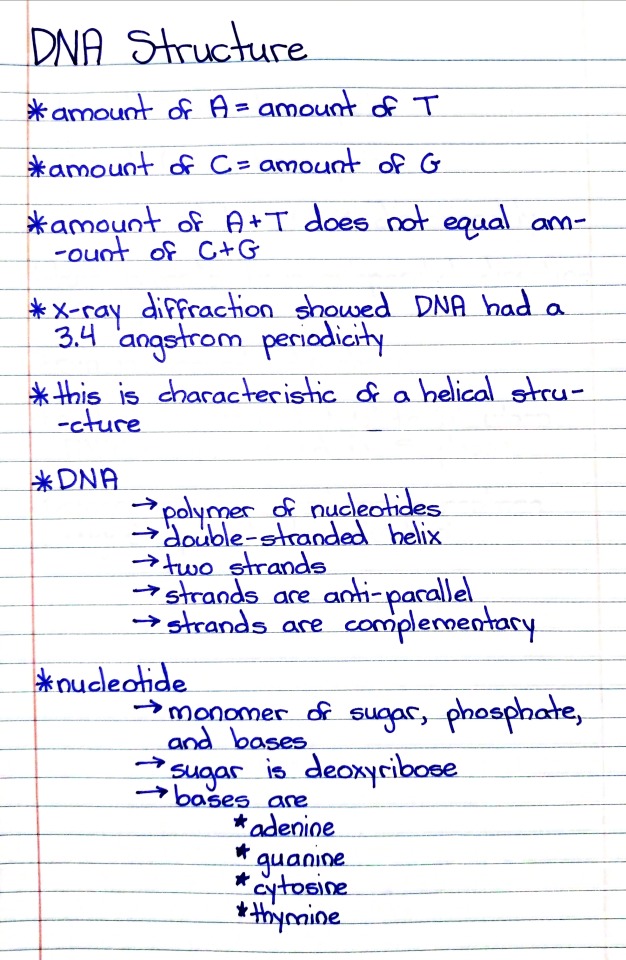
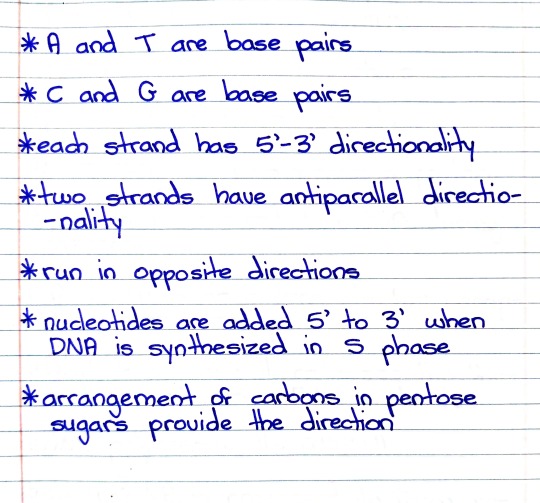
#studyblr#notes#genetics#genetics notes#dna#dna structure#structure of dna#nucleotides#dna strands#dna synthesis#pentose#x-rays#x-ray diffraction#helical structure#carbons#carbon#dna direction#dna strand direction
5 notes
·
View notes
Text
Chapter 7: X-Ray Diffraction
X-ray diffraction is a powerful technique used to determine the atomic and molecular structure of crystalline materials. By analyzing the interference patterns produced by X-rays scattering off the crystal lattice, we can derive valuable information about the arrangement of atoms within the crystal. This chapter will introduce the basics of X-ray diffraction and its applications. 7.1…
View On WordPress
0 notes
Text






Welcome back to our Trailblazer Series!
Today, we’re honouring Rosalind Franklin, the brilliant chemist whose X-ray diffraction work was key to discovering DNA’s double helix —though she wasn’t properly credited in her time. She also made major contributions to RNA, viruses, and carbon science. Her legacy as a pioneer in molecular biology continues to inspire!
Unpacked Media
57 notes
·
View notes
Text
A new technique that produces 3D models of individual crystals has opened a window for scientists to see the subtle deviations that emerge in their otherwise perfect patterns. Researchers from New York University (NYU) went back to the drawing board on how to look deep inside solids made of repeating units, and determine how they grow. With a short wavelength roughly the same size as many of the repeating units that make up crystals, X-rays have long allowed scientists to infer how a crystal's components fit together by measuring the angle at which the rays are diffracted.
Continue Reading.
76 notes
·
View notes
Text



PhDay 14: what am I doing? a badly drawn explanation
My PhD is in the general area of condensed matter physics and extreme conditions, which means I look at solids/liquids, specifically metals, at really high pressure and high temperature. Because under exciting conditions, materials do exciting things!
I get stuff to high pressures by squeezing them between two diamonds inside a small metal container called a diamond anvil cell (DAC), and heating it up essentially by electricity, called resistive heating. (first picture, diamonds in blue and big arrows for direction of pushing the diamonds together)
Diamonds???, I hear you say. Yes, diamonds are more than just pretty and expensive. They are really hard and transparent which means I can look at the structure of my stuff between them by x-ray diffraction. For crystalline stuff like metals, we can decode what the crystal structure is if we shoot x-rays at it that diffract off it in predictable ways, in a synchrotron, a big circular accelerator that makes x-rays. (middle picture, the outside of a synchrotron)
If heat it up enough, stuff melts!! The temperature it melts at changes when you increase the pressure, and I can visualise this on a phase diagram, a graph with T for temperature and P for pressure and drawing a melting curve. (last picture)
#studyblr#stemblr#phdblr#gradblr#phd journey#university#physics#science#if you read all that well done#i was told to stop saying “stuff” in lab reports#so now im saying “stuff” as much as possible
26 notes
·
View notes
Text





Materials Characterization: X-ray Diffraction
X-ray diffraction (XRD) is a technique used for characterizing solid materials, either in powder form or bulk materials. The wavelengths of X-rays (on the order of 10^−8 m to 10^−12 m) are able to diffract directly from lattice planes in crystalline materials (images 2 and 3 above), and the resulting information provided by the scan can be used to collect crystal structure information. The technique can also be used on amorphous materials, but without any order to the atoms or molecules, the result will only be able to confirm the amorphous nature of the material.
However, XRD scans don't simply output a crystal structure. The most basic results are similar to what's shown in image 1 above, with the spots corresponding to lattice planes (an amorphous material would an indistinct ring; see Figure 4 of this link). Another form of the data output is the plot in image 5 above, wherein each peak corresponds to a lattice plane. In order to determine crystal structure from there, one must know the allowed and forbidden reflections for each crystal structure (too detailed to go into here, an example is that the 111 plane is a forbidden reflection in bcc, but allowed for fcc, so if that plane is present it helps narrow down your material). In addition, the height or intensity of the peaks reflects, qualitatively, the frequency of different orientations, thereby providing information about texture.
Though it can be quick and relatively easy to use, with minimal sample preparation, there are limitations of XRD. It works best on single phase materials; XRD can provide information on multiphase materials, and, indeed, provide an idea as to which phases are present if it is unknown, but it is not always reliable. Peak locations must typically be compared to known spectrum and different materials or crystal structures will have overlaps or peaks in the same location.
Sources/Further reading: ( 1 ) ( 2 - images 2 and 3 ) ( 3 ) ( 4 - image 4 ) ( 5 - image 5 ) ( 6 ) ( 7 )
Image 1.
#Materials Science#Science#X Rays#X Ray diffraction#Diffraction#Materials Characterization#MyMSEPost
11 notes
·
View notes
Text
The X-rays coming from the crystal are recorded and form a diffraction pattern (see figure 7.46).

"Chemistry" 2e - Blackman, A., Bottle, S., Schmid, S., Mocerino, M., Wille, U.
1 note
·
View note
Text
In 1913, William Henry Bragg and his Australian-born son William Lawrence Bragg discovered that just a few variables control the appearance of an X-ray diffraction pattern.
"Chemistry" 2e - Blackman, A., Bottle, S., Schmid, S., Mocerino, M., Wille, U.
#book quote#chemistry#nonfiction#textbook#10s#1910s#20th century#william henry bragg#william lawrence bragg#william bragg#x ray#x ray diffraction#patterns
0 notes
Text
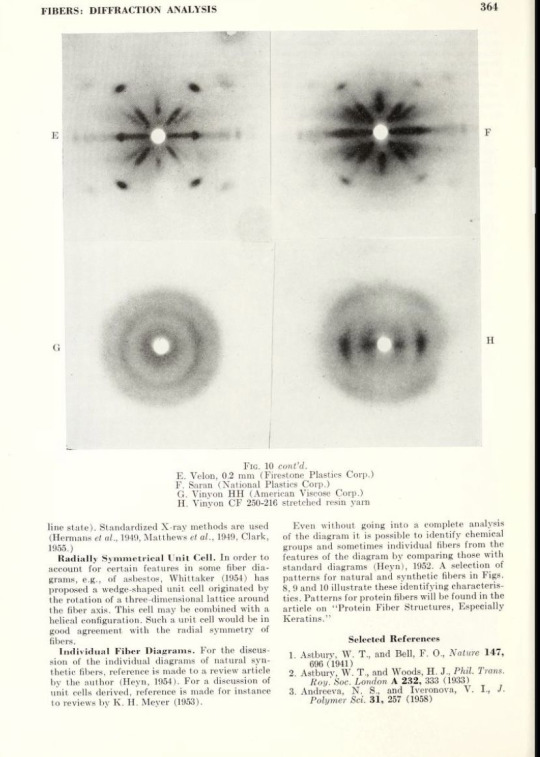
Diffraction patterns for natural and synthetic fibers
Encyclopedia of X-rays and gamma rays, 1963
53 notes
·
View notes
Text

Solus (golden retriever) So, a little status update on my manga! I did the storyboard for around 60 pages, which took around 3 evenings. I'm currently occupied from 9:00 - 18:00 with lab work (x-ray diffraction) + occasionally another few hours of data analysis. However, I'm guessing that I can meet my own deadline of drawing the storyboard for another 140 pages before April starts. Meaning, if university doesn't stress me out too much, I might actually be able to publish the first 20 pages in early May! Thanks for listening to my yapping <3
10 notes
·
View notes

